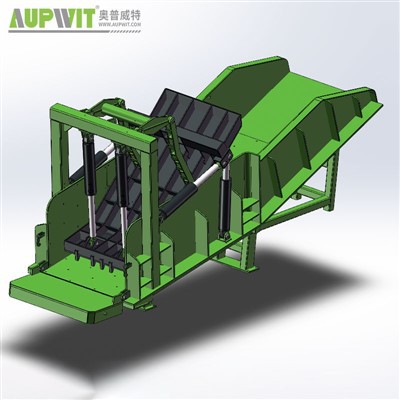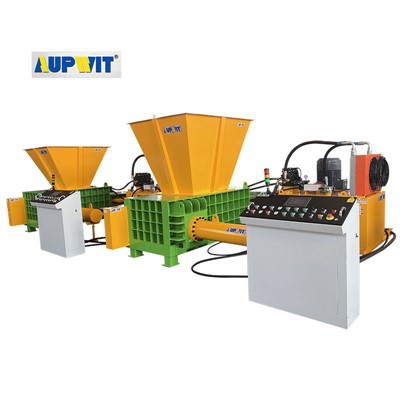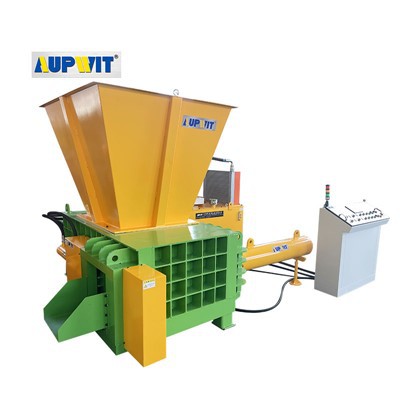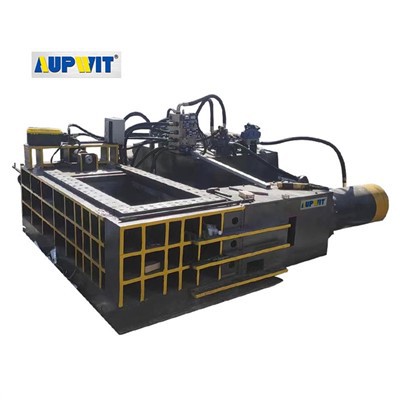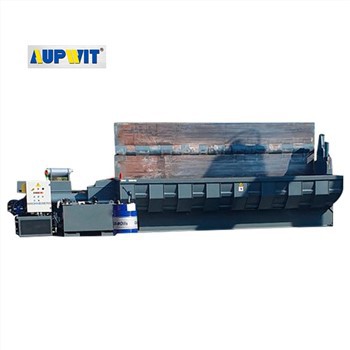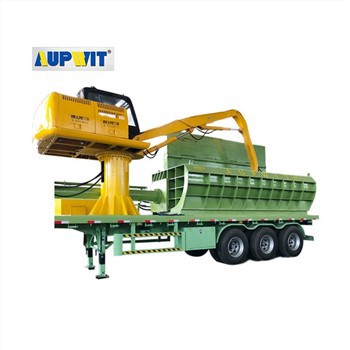Optimal Moisture Content for Biomass Briquetting
The ideal moisture content for biomass in a briquetting press typically ranges from 8% to 20%, varying by material type and press design. Here's a concise breakdown:
1. Core Moisture Range & Impact
- 8–12% for Dry Biomass: Materials like sawdust or air-dried wood thrive at this range. Low moisture maximizes particle friction, promoting dense interlocking without steam-induced cracking. For example, pine sawdust at 10% moisture forms stable briquettes with minimal rebound.
- 15–20% for Fibrous/Wet Biomass: High-fiber materials (e.g., straw, bagasse) need higher moisture as a lubricant, reducing wear on press components. Moisture also swells fibers for natural adhesion, but exceeding 20% causes steam buildup, risking briquette crumble.
2. Risks of Moisture Deviation
- Below 8%: Particles lack plasticity, leading to brittle, low-density briquettes. Static electricity may cause hopper blockages.
- Above 20%: Excess water vaporizes during compression, creating weak air pockets. Corrosion of press components (e.g., steel dies) also increases.
Warning: Critical Thresholds
Moisture content outside the 8-20% range can reduce briquette quality by 30-50% and increase press maintenance requirements significantly.
3. Material-Specific Optimal Levels
| Biomass Type | Ideal Moisture (%) | Key Characteristics |
|---|---|---|
| Dry wood waste | 8–12 | Low fiber, uniform particles |
| Agricultural straw | 12–15 | High fiber, hollow stems |
| Manure/sludge | 15–20 | High natural moisture |
| Coconut husk | 10–14 | Fibrous but absorbent |
4. Control & Measurement
- Use digital moisture meters (pin-type or microwave) to test samples.
-
Adjust via:
- Dry materials: Add water mist or mix with wet biomass.
- Wet materials: Pre-dry with rotary dryers or solar drying.
Optimal Results
Proper moisture ensures briquette density (800–1200 kg/m³), durability (>95%), and high calorific value, balancing press efficiency and product quality.


